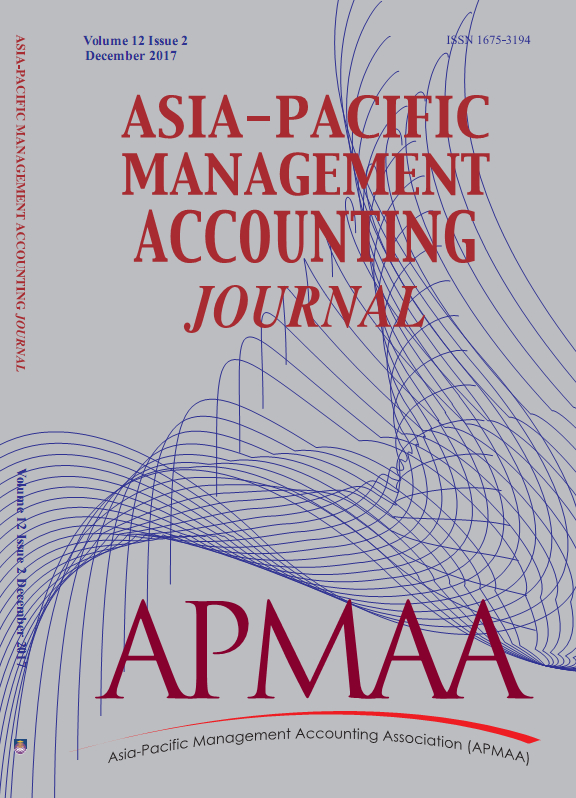Volume 20 Issue 2, August 2025
ARTICLE INFO
Article History:
Received: 14 April 2024
Accepted: 25 July 2025
Available online: 1 August 2025
ASIA-PACIFIC MANAGEMENT ACCOUNTING JOURNAL. VOL. 20 ISSUE 2
MAPPING THE RISK MANAGEMENT LANDSCAPE: A BIBLIOMETRIC AND PRACTITIONER-VALIDATED THEMATIC ANALYSIS
Hendri Setyawan1, Nor Balkish Zakaria2, Yvonne Joseph Ason3♣, Kazi Musa4 and Iylia Dayana Mohamed Izwan5
1Faculty of Economics, Universitas Islam Sultan Agung, Semarang, Indonesia,
1,2,4,5Accounting Research Institute, Universiti Teknologi MARA, Selangor, Malaysia,
3Faculty of Accountancy, Universiti Teknologi MARA Sabah Branch,
Kota Kinabalu, Sabah, Malaysia
5Faculty of Accountancy, Management Science University
This study offers an integrated bibliometric and thematic analysis to map the intellectual and practical landscape of risk disclosure research. Drawing from indexed literature in both Scopus and Web of Science, the study applies co-citation, keyword co-occurrence, and content analysis to explore temporal publication trends, citation dynamics, emerging themes, author networks, and regional research distributions. Seven major thematic clusters were summarised and identified: (1) board characteristics and risk disclosure readability, (2) regulation, climate risk disclosure, and firm value, (3) cybersecurity risk and integrated reporting, (4) institutional investors and enterprise risk management (ERM), (5) financial instruments, compliance, and value relevance, (6) risk disclosure, firm performance, and cost of capital, and (7) ownership structure and corporate governance. To enrich the academic analysis, insights from two Indonesian practitioners, an enterprise risk officer and a compliance manager from IDX-listed firms, were incorporated through semi-structured interviews. Their perspectives validated key bibliometric themes and added practical depth to the scholarly findings. The results highlight the evolving priorities of risk disclosure, shifting from regulatory compliance toward value-relevant and stakeholder-driven narratives. This study provides critical implications for researchers, practitioners, and regulators aiming to enhance transparency, accountability, and decision-making in the realm of corporate risk communication.
Keywords: Bibliometric Analysis, Risk Disclosure, Collaboration Networks


